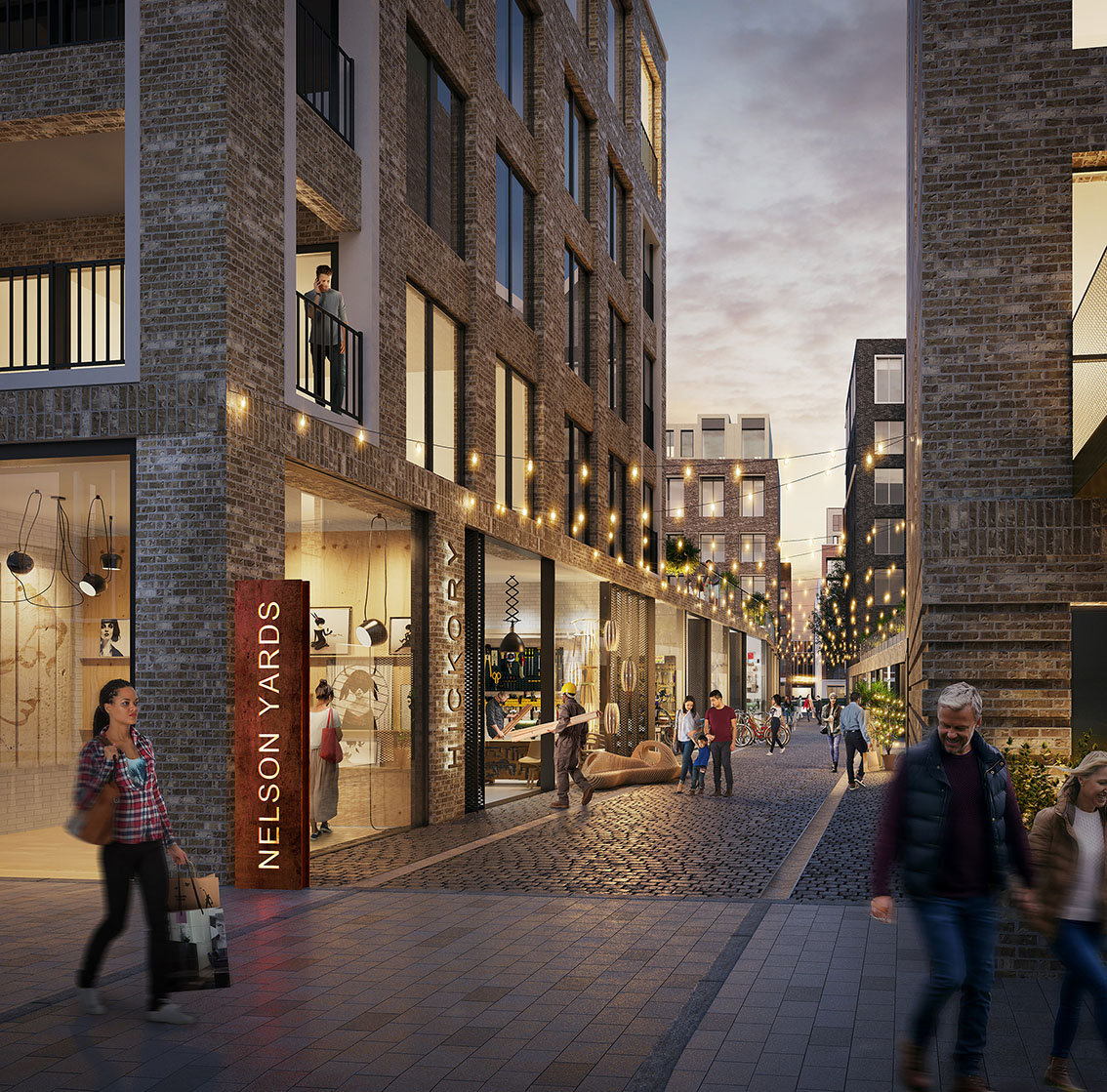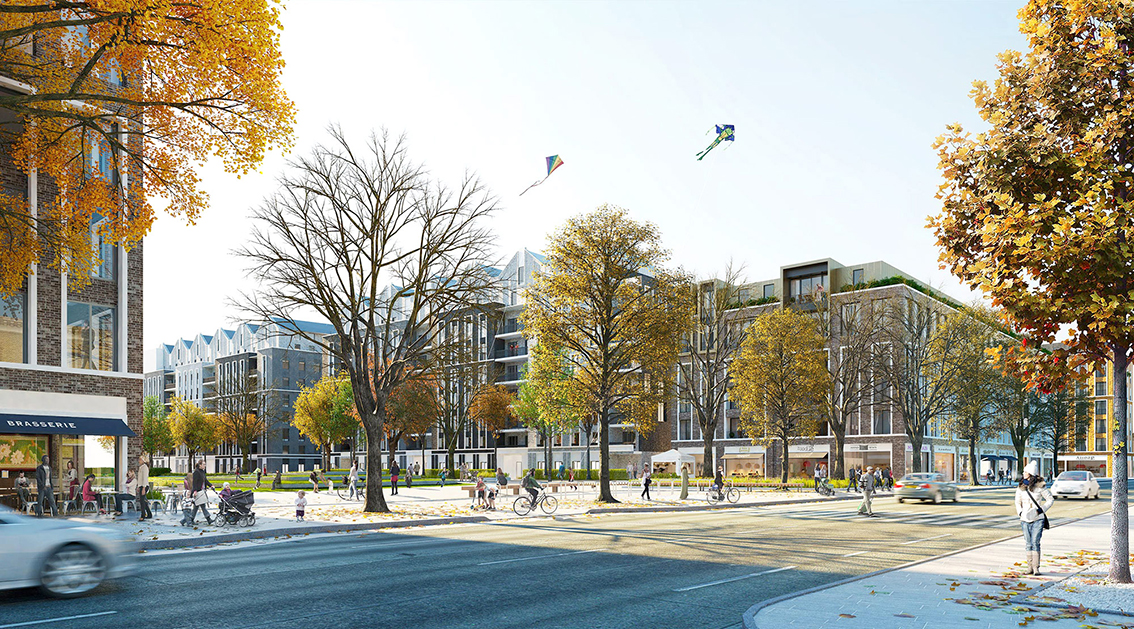Monday 28th November 2022
 Places for People - The Ever-Changing nature of Public Spaces
Places for People - The Ever-Changing nature of Public Spacesby Roumpini Perakaki, Associate at PRP
.jpg) I became an urban designer because I have always been curious about the effects architecture and the built environment have on us. I am fascinated by the process of creating placemaking visions and shaping the social and physical settings for life in our cities. It requires designers to work collaboratively and think beyond their own specialism to create successful and sustainable communities for all.
I became an urban designer because I have always been curious about the effects architecture and the built environment have on us. I am fascinated by the process of creating placemaking visions and shaping the social and physical settings for life in our cities. It requires designers to work collaboratively and think beyond their own specialism to create successful and sustainable communities for all.
I’m particularly passionate about public spaces and the in-between spaces. Recent changes in the way we live alongside social and economic uncertainty have increased the demand, and need, for successful public spaces.
All public open spaces are essential elements of our urban fabric. They create patterns that promote social interaction, which in turns helps to create a sense of place, increases awareness of the urban environment and improves the urban microclimate. Public spaces also create a real sense of security for communities as people can heave a clearer picture of the environment they belong to.
Yet, a number of studies have uncovered that both the number and the quality of publics spaces is greatly decreasing due to population growth and poor management. Concerns around the inadequacy of high-quality public spaces in city centres, the exploitation of available public spaces for other land uses, and natural degradation are prompting us to look at the reasons why these might have failed.
The way we are using public spaces has changed during the pandemic. Locality is now the basic feature to a successful approach to public realm. Creating accessible local greens, such as pocket spaces and incidental community gathering, can significantly promote social cohesion and healthier neighbourhoods.
New spaces can be created by regenerating forgotten in-between spaces and other tiny spaces that could be developed as pocket parks or new neighbourhood hubs. Such spaces can offer new public areas for active and passive recreation, contribute towards a more diverse neighbourhood and provide a safer environment for residents.
Meanwhile uses and pop-ups are very successful at reinforcing existing public spaces, utilising leftover or empty land and paving the way to thriving neighbourhoods.
Some of the benefits are...
 ransformation can be temporary and flexible
ransformation can be temporary and flexibleNew high-quality public spaces can significantly improve life in our urban centres, and are therefore an essential part of any successful regeneration strategy. The presence of good quality public realm becomes a vital part in every neighbourhood as it aids the local economy, improves public health, introduces new land uses and brings people together.
